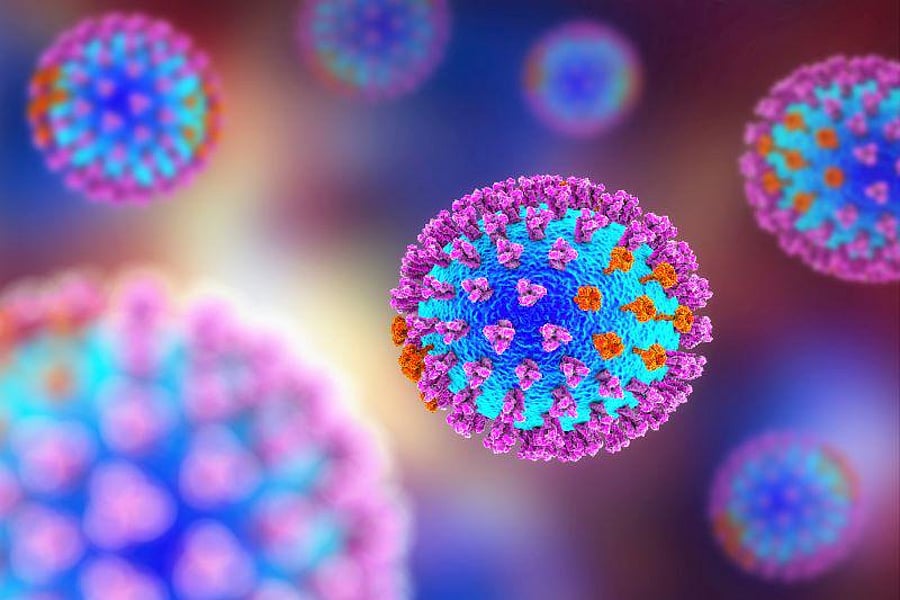Influenza A(H3N2) Predominant Strain During 2021 to 2022 Season

MONDAY, July 25, 2022 (HealthDay News) -- Throughout the 2021 to 2022 influenza season, the predominant virus was influenza A(H3N2), according to research published in the July 22 issue of the U.S. Centers for Disease Control and Prevention Morbidity and Mortality Weekly Report.
Angiezel Merced-Morales, M.P.H., from the CDC in Atlanta, and colleagues summarized influenza activity during the period of Oct. 3, 2021, to June 11, 2022, in the United States.
Using clinical diagnostic tests for influenza virus, clinical laboratories tested 2,850,954 respiratory specimens. The researchers found that 4.5 percent of these specimens tested positive: 98.6 and 1.4 percent for influenza A and B, respectively. Each week, the percentage of specimens testing positive varied from 0.1 to 9.9 percent. Public health laboratories tested 877,928 specimens, of which 2.8 percent tested positive: 99.5 and 0.5 percent for influenza A and B, respectively. Overall, 19,127 seasonal influenza A viruses were subtyped: 0.1 and 99.9 percent were influenza A(H1N1)pdm09 viruses and influenza A(H3N2) viruses, respectively. Influenza B lineage information was available for 41 influenza B viruses: 97.6 and 2.4 percent were B/Victoria lineage viruses and B/Yamagata lineage viruses, respectively. Two distinct waves were seen in influenza activity: a first wave that peaked in mid-December 2021 and a second wave with peaks ranging from mid-March to May 2022.
"Despite decreasing influenza activity in recent weeks, maintaining vigilance for influenza virus infections throughout the summer is important," the authors write.
Related Posts
Unas encías enfermas podrían aumentar las probabilidades de demencia
LUNES, 12 de septiembre de 2022 (HealthDay News) -- La enfermedad de las encías...
Risk for Persistent Postural Perceptual Dizziness Increases With Vestibular Conditions
TUESDAY, Dec. 27, 2022 (HealthDay News) -- Patients with multiple vestibular...
Eli Lilly to Slash Insulin Prices, Cap Monthly Out-of-Pocket Costs at $35
WEDNESDAY, March 1, 2023 (HealthDay News) -- More Americans will soon be paying...
Use of Hair Relaxers Raises Women’s Odds for Uterine Cancer
FRIDAY, Oct. 13, 2023 (HealthDay News) -- Older Black women who use chemical...
